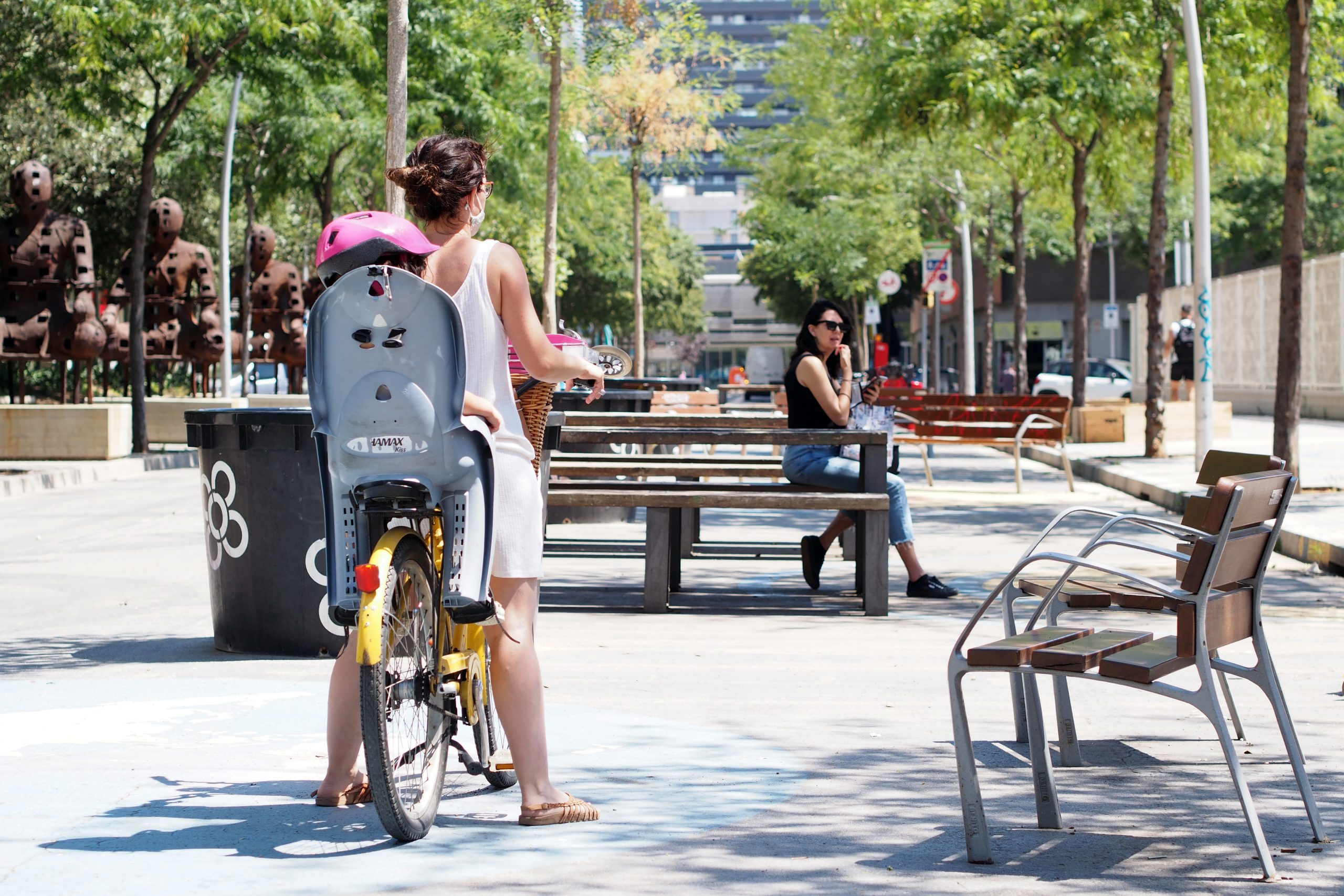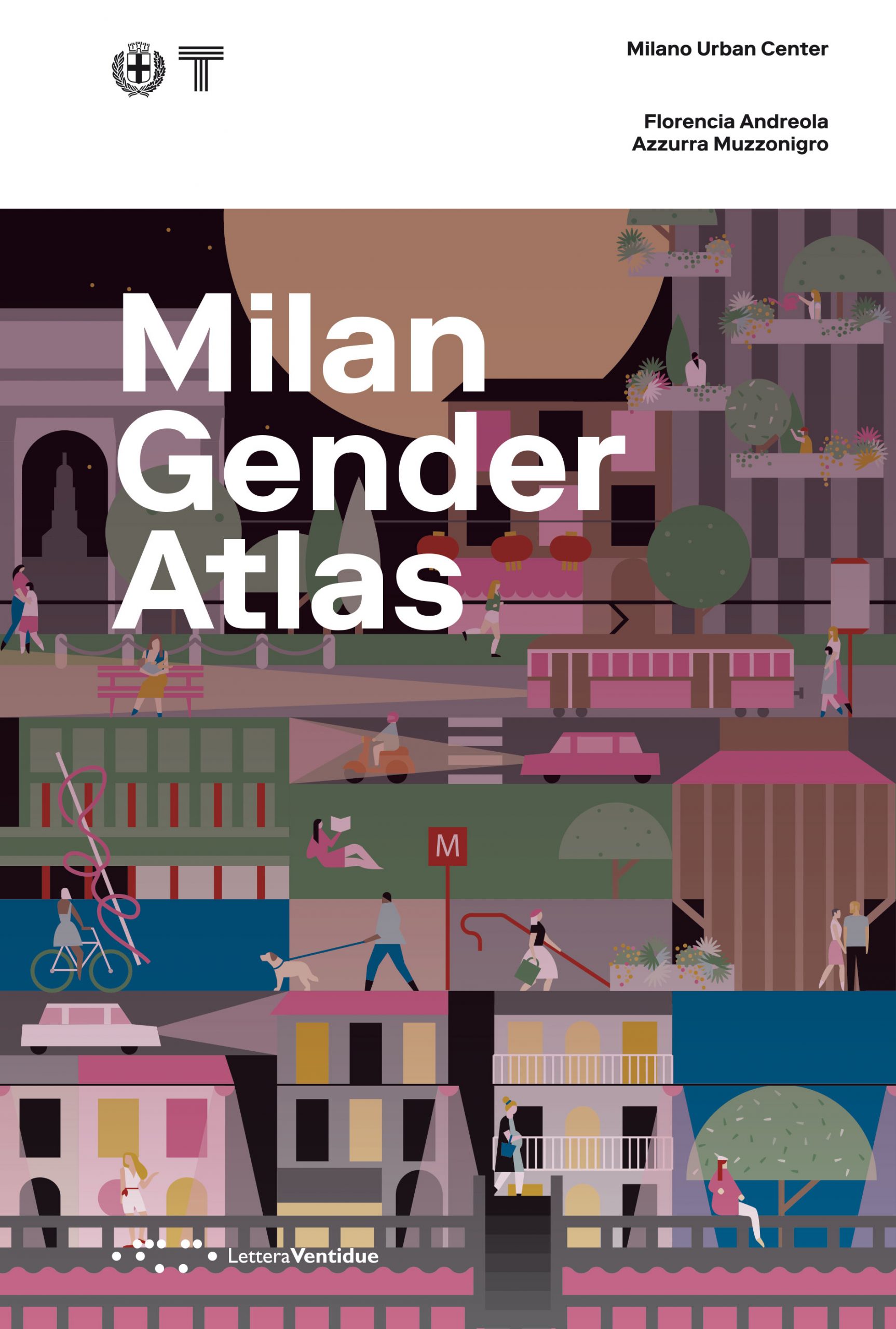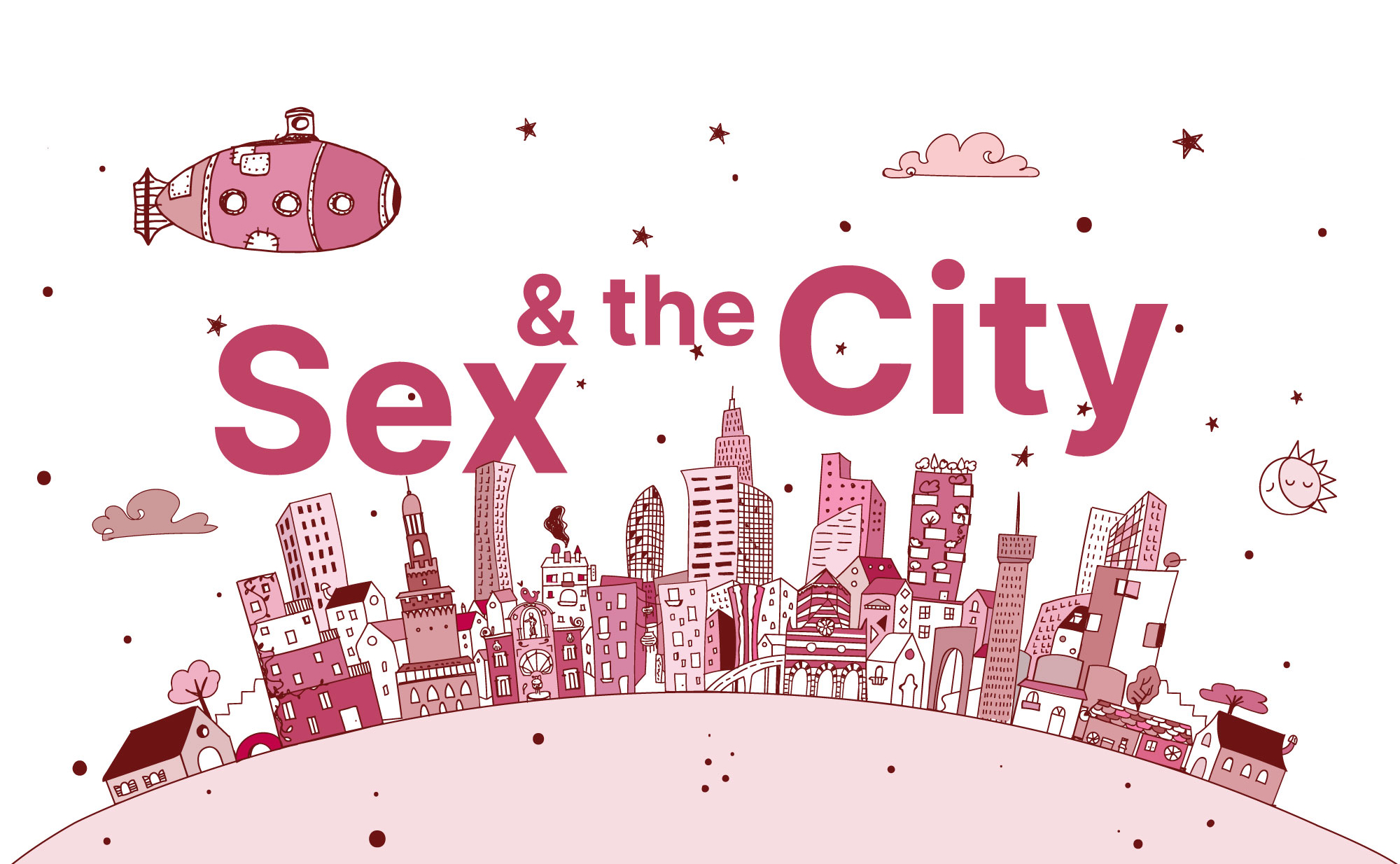Sex & the City, a gender perspective on urban space is a research project that gathers missing yet much needed data on how different genders use and experience public spaces in the City of Milan. The project is run by Florencia Andreola and Azzurra Muzzonigro for the Urban Center of the Municipality of Milan and Triennale Milano. By interviewing scholars, public administrators, collecting qualitative and quantitative data from citizens, they created a survey about “the daily habits of gender subjectivities, the different ways of using the cities, the role of certain places, the current situation with regard to gender-based violence, in the private and public space”. Based on the findings, the team is proposing concrete policies and puts forward ideas to make the city a place where everyone and everyone can feel at ease.
How and why did you start Sex and the City?
While we both have an architecture background, we felt we wanted to do more for society and get more involved. We teamed up and applied to a call by the municipality of Milan with Renale Milano, together with the Milano Urban Centre and won. The Urban Centre is a think-tank on urban transformations and they were searching for projects that were both public programmes and research projects. We applied for both and we got both. Our project started in 2019 and we are expanding the research in 2021. Our research project, Sex and the City, looks at Milan from a perspective of gender inclusiveness. While Milan is a case study, all cities could be looked at from this point of view.
Various surveys have not only demonstrated a differentiated use of public space by men and women, but also confirm that women often change their daily routes, the places they cross and the time of their activities out of fear and negative perceptions. These perceptions are linked to daily experiences and social interactions.
The research is trying to intersect the field of urbanism with gender studies, to see what kind of tensions and issues come up. At the moment we are trying to build up a statistical picture. Later we will push more on a qualitative picture about the individual lives. The data is really needed: there has not been data available on the different uses of the City of Milan based on gender.

What kind of issues did you look at in detail and how did you gather data?
We are observing different needs linked to the different spheres of the lives of women in the city.
We came up with a survey which was easy to understand and short. It was necessary to understand how people live in the city, how they move. With the pandemic many things have changed. We asked both about their lives before, how they moved, how they used the city before the pandemic and how they used it after. We also had questions about the importance of representation of gender in the public sphere such as the naming of streets through the lens of gender. What services does the city offer to support women’s lives? Are public toilets, nursery schools and anti-violence facilities sufficient to cover the needs of a society that aspires to real equality between genders? What role do grassroots initiatives play today and what role can they play in shaping the inclusive city of tomorrow?
We found there violence in the domestic space, a phenomenon that is widespread in society, it is dramatic. Therefore, we looked at all the spaces that the city provides to support women leaving domestic violence. We went from refuge houses to different kinds of receptive structures. We also identified insecurity and violence in public spaces.
We know women in Milan have different lives, depending on their economical situation, for example, there is a difference between expats or migrants. We know that migrant women have a very particular situation in Milan, we can not say those women are living a dream in Milan. It is a problem of a historical moment, not just an Italian problem but a global problem. For many also the possibilities are not given in their community. At the moment we are trying to build up a statistical picture. Later we will push more on a qualitative picture about the individual lives.

The data in Italy shows that 3% of public spaces are named after women and 47% after men. This has a role in the construction of common culture. We asked people what they think about it and who they would title a street if they could choose.
We asked the survey to tell us which places they feel discomfort in. We would like to understand why. What makes these spaces like this and what we can do to make it better.
How did you select your target group for your surveys?
We got in touch with networks that deal with women in different ways: feminist movements, family organisations. These were the first. Then we moved on to the media. We went to programmes, we did interviews with newspapers, we tried to get as wide as possible. One target we totally missed is the kids under 17. We couldn’t get through to the schools due to the pandemic. Also we missed the elderly people.
Despite these challenges, we received 1400 answers. Much more women responded than men. We had 30 responses from gender minorities, but you can’t build a picture on that number. We think we have at least some tools to build a picture about how people live in Milan. When you do something you always know you can do it better. After we went out with the survey we immediately started thinking, we should have asked more questions like what is their job, how much they earn but people stop answering half of it if it is too long.
What surprised you about the answers?
In Milan, the mobility between men and women does not show really remarkable differences in terms of the type of means of transport used, and therefore the trend does not confirm international studies that clearly distinguish aggressive mobility by men (private car or motorbike) vs. gentle mobility by women (bicycle or walking). In general, the car is not used much by either gender in Milan. Public transportation is quite solid and used by both sexes. It could also be that we didn’t ask the right questions. But in Milan women work, more proportionally than in Italy.

The real difference we discovered was about the perception of insecurity and harassment. From catcalling to everything else. We asked everyone, including men, who wanted to answer and who had something to say if they lived through harassment and violence and a lot of people, mostly women, said yes. Young girls in Milan express much more fear than adult women and have suffered much more harassment in percentage terms. This is certainly explainable by the instilled fear about strangers despite Milan being a fairly safe city, because of the greater awareness of gender dynamics and male oppression, the inclusion of catcalling, for example, which is recognised as harassment only by the younger generation.
With regards to the interest in the role of female toponymy in the city, there is – quite surprisingly – almost as much concrete interest from men as from women in balancing out the disparity between the genders.
Based on the surveys and the feedbacks which issue is the most important to tackle in Milan?
Some neighbourhoods and specific places in the city are reported several times as places where women feel uncomfortable. These areas certainly need to be re-thought and renovated, starting with the involvement of female citizens in order to gain a better understanding of the specific aspects that cause discomfort.
From the point of view of women’s insecurity, the use of public transport is a problematic issue, especially in the evening/night-time hours, and to solve this problem certain solutions have to be implemented to make women feel safer. What we found was that very few men felt fear or been harassed. We can imagine this is a small part of LMBTQ people, so it is a different type of harassment. You are more exposed and not a standard target.
At the same time, it is certainly important for the public agenda to include significant work on women’s toponymy and on the symbols that the city chooses to name after historical figures (schools, public halls, statuary, etc.), so as to orient the historical narrative towards a more gender-equal vision.
In general, however, Milan needs a strategy for the coordination of activities in support of women’s lives, capable of systematising what already exists and implementing what is needed. Many services are already active and yet very difficult to access, others are purely in the hands of the third sector, with all the risks of the precariousness of these realities.

In terms of urban regeneration, what would be the first thing to do to improve Milan?
To establish a department that deals with this. It will need to be systematic. We need to have a common direction in this and as we need to be learning from Vienna and Barcelona, use the gender index to all public policies.
What’s next for Sex and the City?
For the follow-up of the research Sex & the City, it will be important to launch specific projects in neighbourhoods or smaller cities that allow the involvement of female citizenship. By means of participatory planning, we would like to begin to implement real transformations of cities, and at the same time work on raising awareness on the issue.
Along with scaling-down to the neighbourhood it is important also to scale-up and to start to coordinate with other realities that deal with similar issues around Europe.
It would be important to work with the public administration to create a network of European cities that share a common ground for policy making regarding gender issues. We are aware that this would be quite an ambitious horizon to look at, however we really think that time has come to act firmly and in a coordinated way in the direction of gender equality.
Milan this year is investing a lot in green spaces, pedestrians and in a walkable city, there are many large-scale tactical interventions that change space with a few resources in ways similar to what we see in Europe. I would say it is happening in the last three years.

Can you tell us about your new book, the Milan Gender Atlas, which is based on your research?
At the moment we are completing our second year of research, resulting in a first publication (in Italian and English) titled Milan Gender Atlas. The book is part of the wider research Sex & the City and is concentrated on the analysis of the city of Milan from a gender perspective. There is a chapter dedicated to other cases in Europe. That’s why we visited Vienna and Barcelona. Barcelona recently integrated the issue of gender within the administrative structures of the city. At the end of the book we give a series of recommendations to the public administration of Milan on how to intervene on this matter. We have not officially presented the findings of the research yet, moreover the city of Milan has just gone through elections, which have re-elected the previous administration for another five years. Our ambition is to transform our recommendations into reality, therefore we hope there will be the conditions to do it.
The Milan Gender Atlas is out now! Download or order Milan Gender Atlas here.


